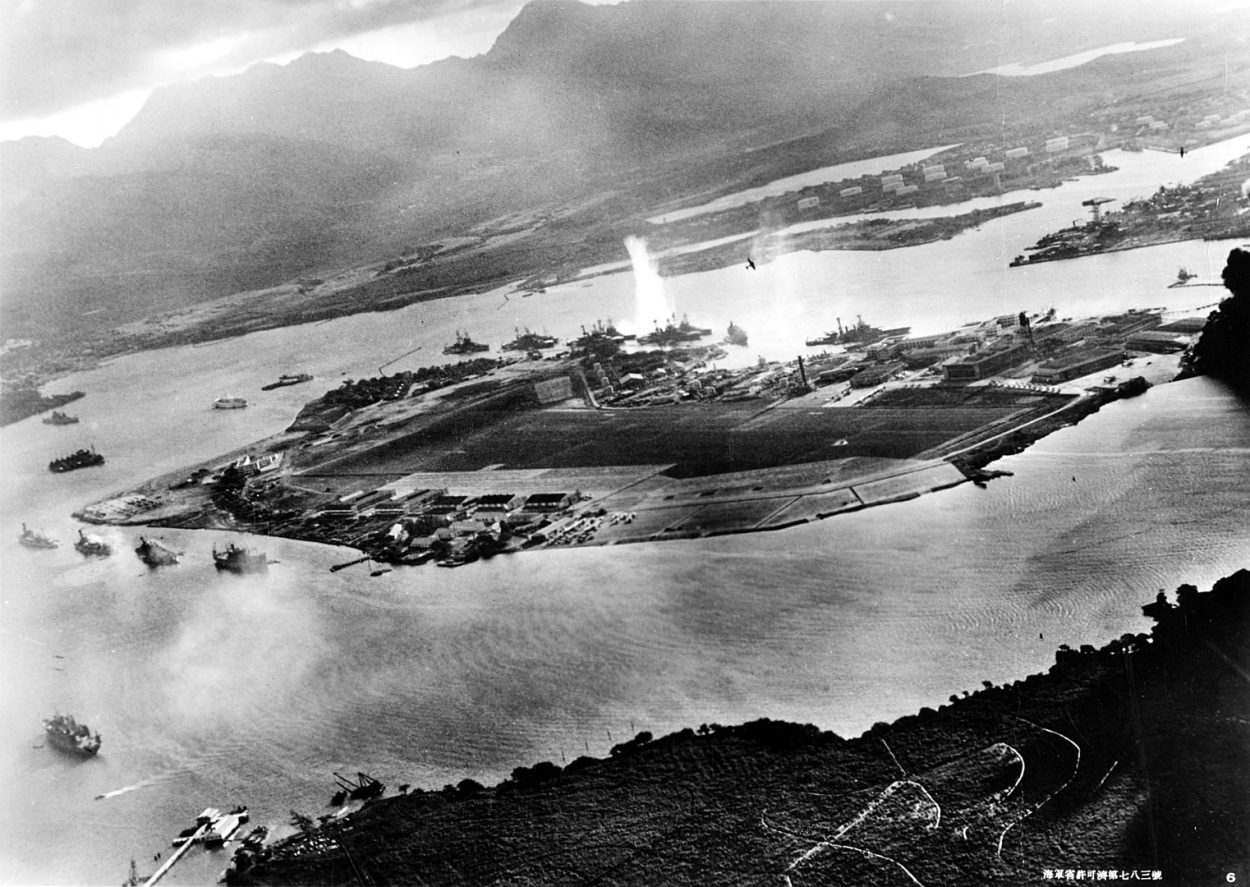Researchers have recovered the logbooks from US Navy ships stationed at Pearl Harbour, providing new evidence for understanding how the global climate is changing.
The ships were bombed during the attack on Pearl Harbor by the Imperial Japanese Navy Air Service, formally bringing the United States into WWII on the side of the Allies.
Of the eight U.S. Navy battleships present during the attack, all were damaged with four sunk. All but USS Arizona were later raised, with six battleships being returned to active service in the war effort. The Japanese also sank or damaged three cruisers, three destroyers, an anti-aircraft training ship, one minelayer, and numerous smaller vessels.
According to a new study published in the Geoscience Data Journal, researchers have recovered logbooks from 19 US Navy ships containing over 630,000 records, and more than 3 million weather observations documented between 1941 to 1945.
Dr. Praveen Teleti from the University of Reading, said: “Disruptions to trade routes in World War II led to a significant reduction in marine weather observations. Until recently, records from that time were still only available in classified paper documents. The scanning and rescuing of this data provides a window into the past, allowing us to understand how the world’s climate was behaving during a time of tremendous upheaval.”
During World War II, observations from naval vessels constituted the primary source of marine data. Unfortunately, many of these records were destroyed as acts of war or simply forgotten due to their classification.
The recovered dataset not only sheds light on the changes in observation practices during wartime, such as increased daytime observations to reduce exposure to enemy ships, but it also offers insights into a potential bias toward recording slightly warmer temperatures during these periods. This bias may have contributed to the perception of abnormal warmth in global datasets during World War II, a question that the new data will help to address.
According to the study authors: “Few or no other digitised observations exist from the Indo-Pacific and Far East during World War II. The rescued data will help scientists correct and fill gaps in existing datasets and ensure they can better understand how global climate has evolved since the early 20th century.”
Header Image Credit : Public Domain





